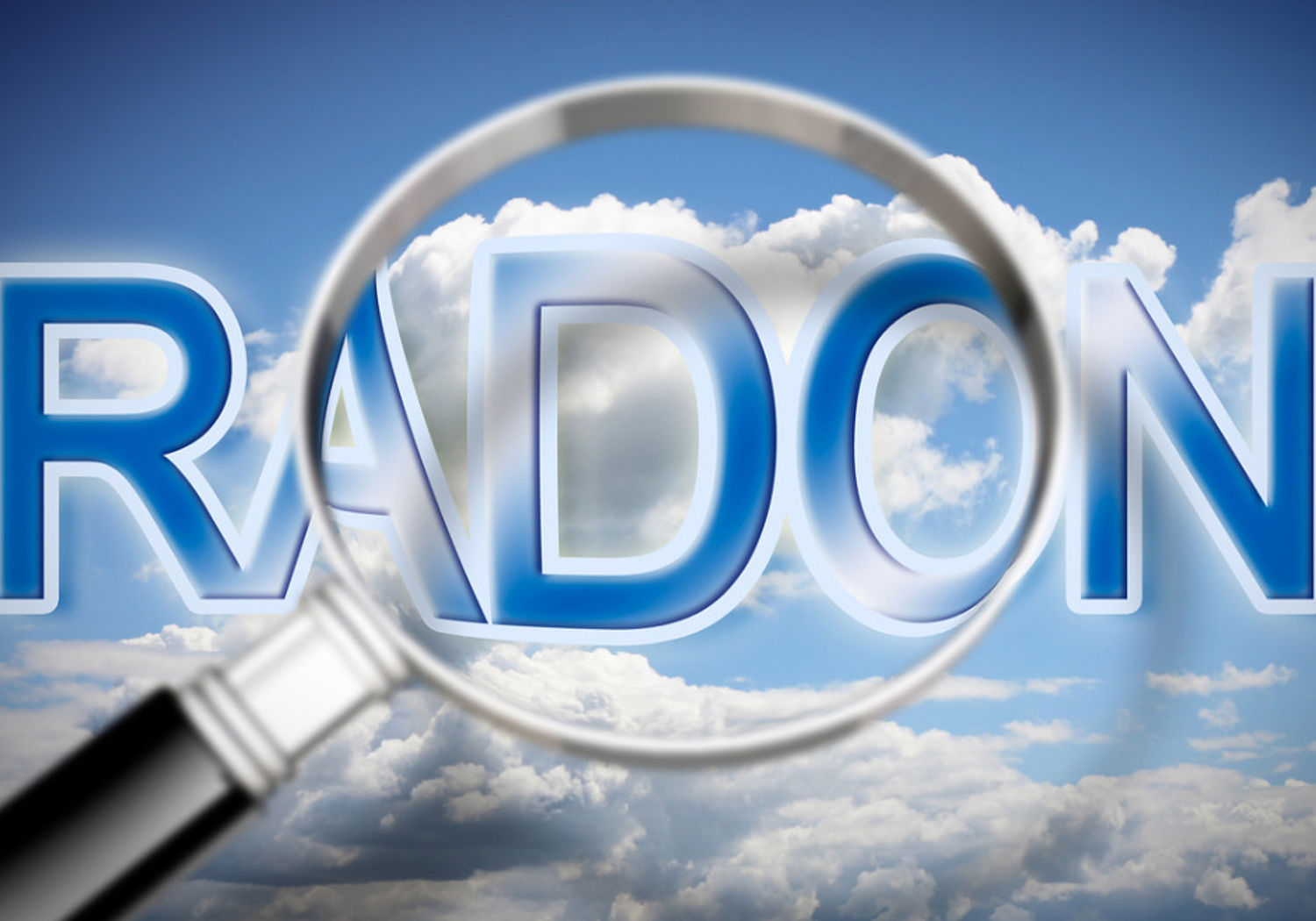Radon metrology for use in climate change observation and radiation protection at the environmental level
Short Name: traceRadon, Project Number: 19ENV01
Radon is a naturally occurring radioactive gas that can help locate the source of greenhouse gases
Radon gas is the main source of natural radiation exposure to the public and its environmental distribution must be known. It is emitted almost evenly from ice-free land allowing its use as a tracker for quantifying and pin-pointing the sources of greenhouse gas (GHG) emissions using the Radon Tracer Method (RTM). Improved quantification measurements are required to locate Radon Priority Areas (RPA) and for validating GHG emission models.
The project has developed traceable measurements for low-level atmospheric radon along with a reference-standard radon monitor, with results validated using long-term, field-based inter-comparisons. For the first time, a standard methodology for the RTM has been developed together with a validated, high-resolution radon flux map. RPAs will also be identified which has never been attempted before due to a lack of quality data.
The results will support radiation protection measures and GHG emission models, leading to increased safety and a better identification of the sources of damaging pollutants.
- Event: ICOS Science Conference 2022
- News: EMPIR radon project delivers a successful session at 2022 ICOS Conference
- News: EMPIR radon project holds successful scientific workshop and training courses
- News: EMPIR radon metrology research leads to licence agreement
- News: EMPIR project develops new radon sources to improve exposure measurements and greenhouse gas tracing
Nuclear Instruments and Methods in Physics Research Section A: Accelerators, Spectrometers, Detectors and Associated Equipment
International Journal of Environmental Research and Public Health
International Journal of Environmental Research and Public Health
Advances in Geosciences
International Journal of Environmental Research and Public Health
Advances in Geosciences
SMSI 2021 - Measurement Science
Applied Radiation and Isotopes
